How To Grow Maranta (Prayer Plant)
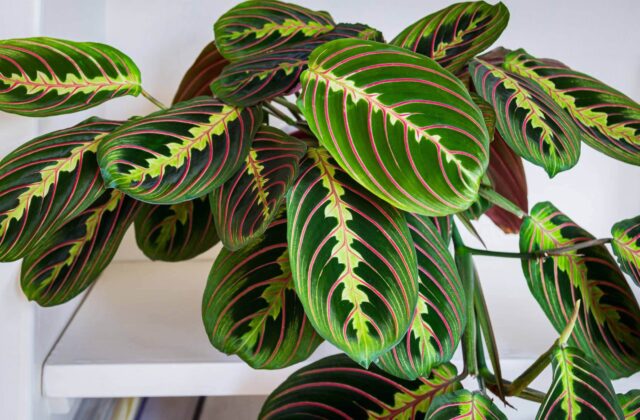
Introduction
The Maranta leuconeura, commonly known as the prayer plant, is a beloved houseplant with origins in Brazil. As evening descends, this low-growing plant exhibits a unique behavior of lifting its leaves upright and folding them, resembling a prayer gesture. Derived from the name of Bartolomeo Maranta, a 16th-century Italian doctor and botanist, the plant showcases a fascinating connection to history. Appreciated by plant enthusiasts for its exceptional beauty, the Maranta leuconeura remains a popular choice for indoor cultivation. In this article, you will explore the secrets of how to grow Maranta, known as the Prayer Plant, and watch its leaves gracefully fold together in the evening.
This species of Maranta is characterized by its broad oval leaves, displaying various patterns of variegation depending on the specific variety. Originating from rainforests, the arrowroot plant, as it is also called, produces small white flowers in spring, although flowering is a rare occurrence indoors. Despite this, the arrowroot plant remains one of the most stunning and sought-after houseplants for cultivation.
Origin
Plants belonging to the Maranta genus are indigenous to the equatorial forests of Brazil and Guyana, thriving in the shaded regions of the undergrowth. Notably, these tropical plants are well-adapted to the humid and warm conditions of their native habitats.
General Characteristics
Maranta plants are perennial, herbaceous species distinguished by their unique leaves, which feature intricate patterns and a variety of vibrant colors. Notably, these leaves exhibit the interesting behavior of standing upright at night and folding during the day, a characteristic adaptation for moisture conservation. The flowers of Maranta are inconspicuous, small, and white, arranged in clusters on spikes. Due to their rapid growth, these plants are ideal for individuals seeking quick results and are perfect for those with limited patience for plant cultivation.
Main Species
There are numerous species of Maranta, they are discussed below:
3.1 Maranta Leuconeura
The Maranta leuconeura is a compact plant, typically not surpassing 30cm in height, featuring leaves approximately 15cm long supported by elongated sheathing petioles. This species comprises three primary hybrids:
3.1.1 Maranta Leuconeura Kerchoveana
The plant boasts velvety leaves in a striking shade of grey-green, adorned with square brown spots that gradually transform into a dark green hue on both sides of the light green main vein. The lower surface of the leaves exhibits a light grey-blue color. Additionally, the plant produces charming small white flowers.
3.1.2 Maranta Leuconeura Erythoneura
Distinctive for its vibrant red-colored veins, the leaf of this plant is velvety and features a distinct stripe along the central vein. This stripe is of a very light green shade, contrasting with the surrounding areas between the red veins that are deeply dark green. The underside of the leaves displays an intense red coloration.
3.1.3 Maranta Leuconeura Massangeana
The velvety leaves of the plant are marked by silvery spots that spread out in a herringbone pattern from the central vein towards the leaf’s edges.
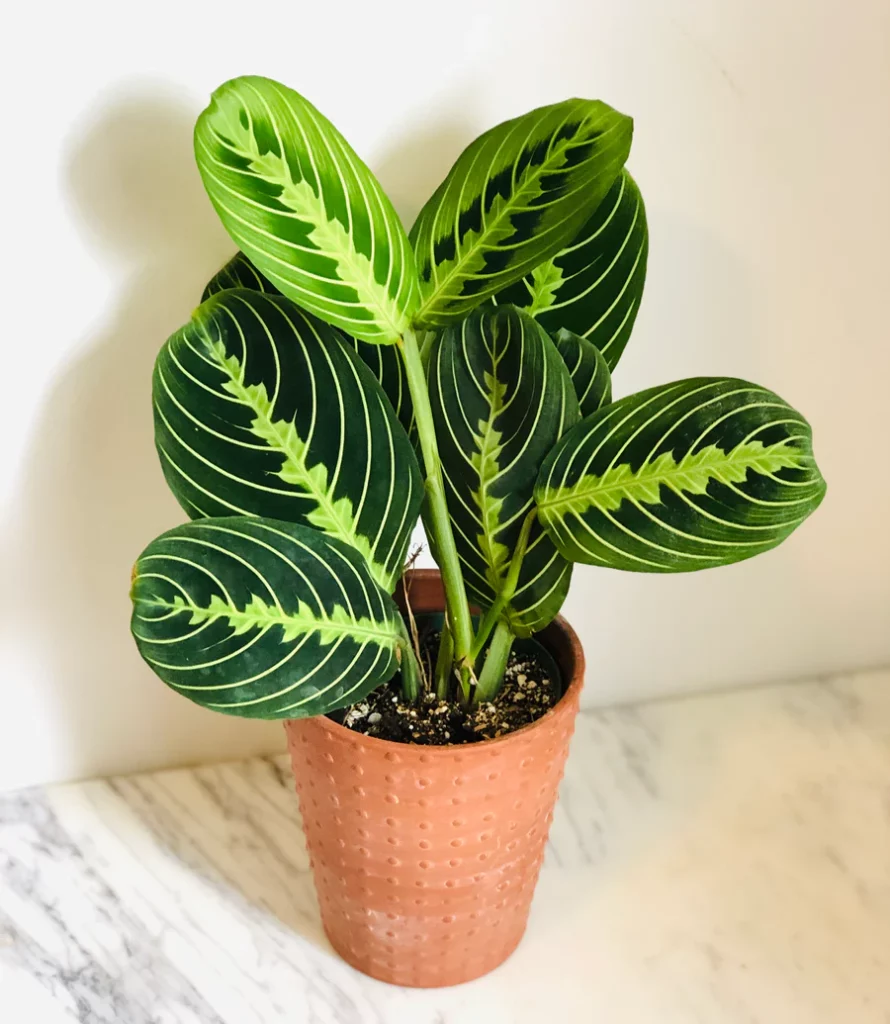
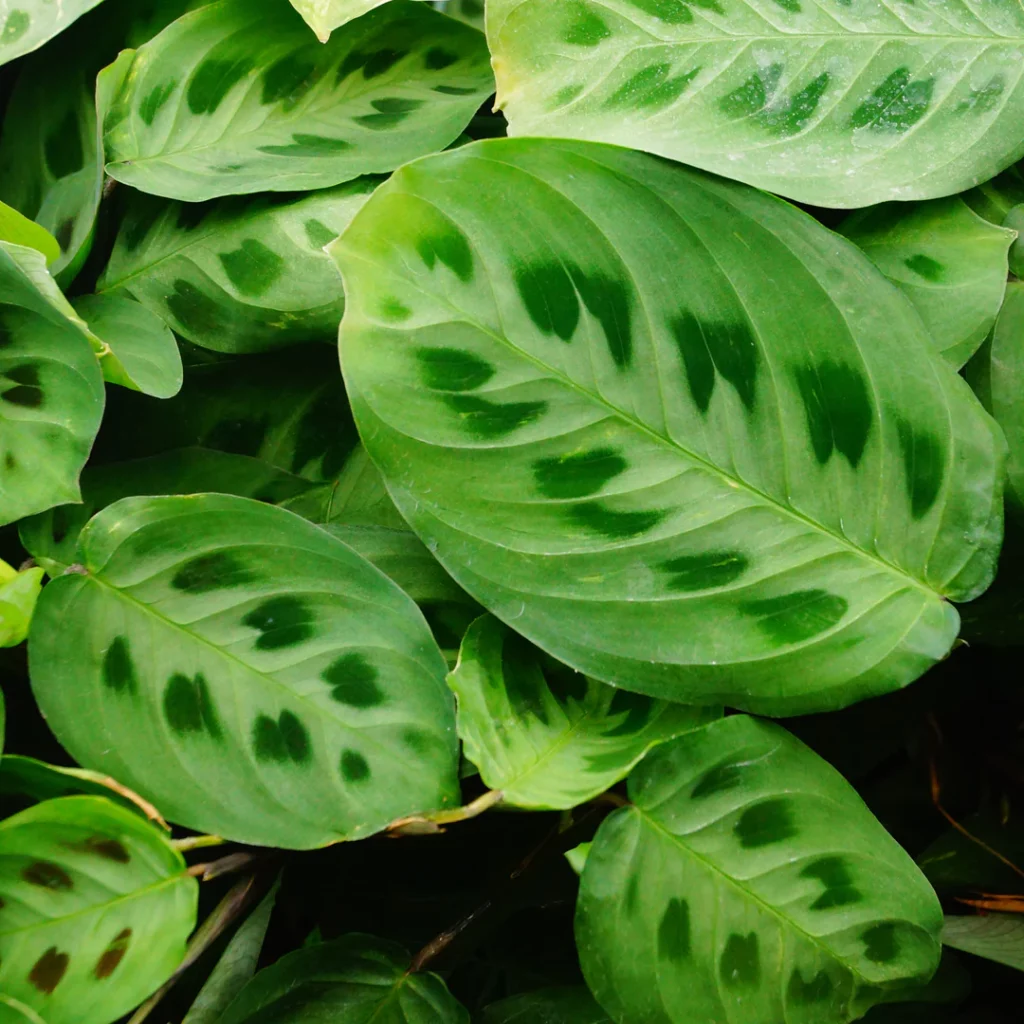
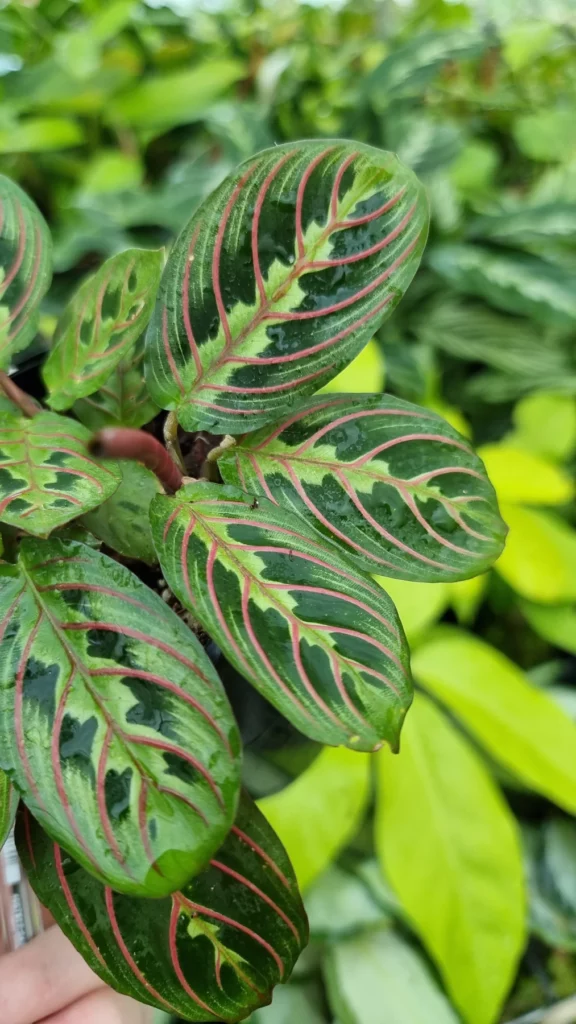
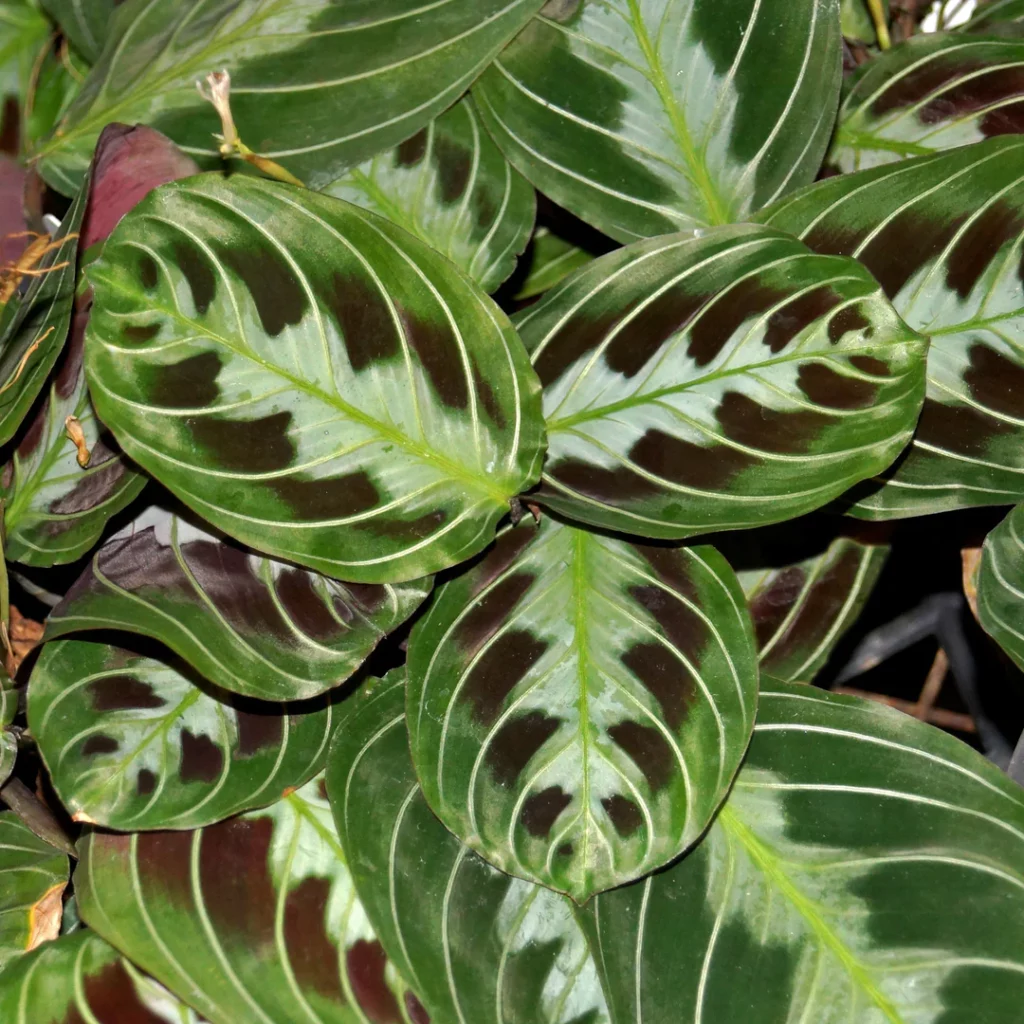
3.2 Maranta Makoyana
Maranta makoyana features elliptical leaves with a papery texture, displaying an olive green hue adorned with reddish streaks. These leaves are supported by lengthy petioles originating from root tubercles.
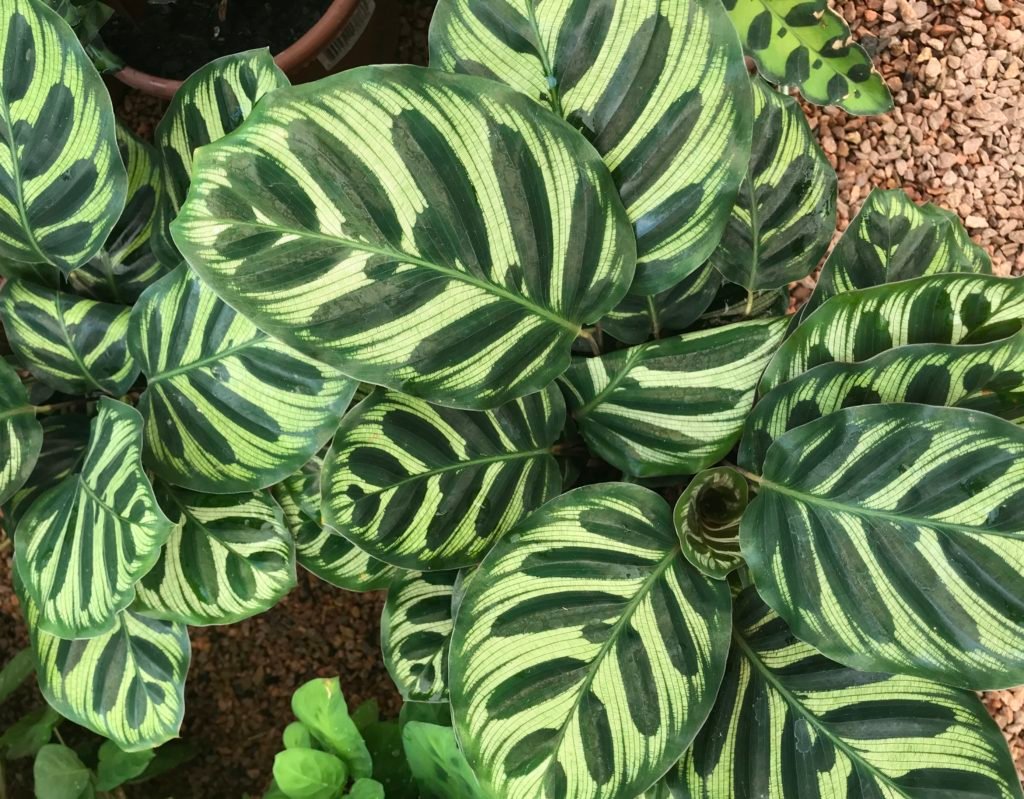
3.3 Maranta Arundinacea
The leaves of Maranta arundinacea can reach lengths of up to 30 cm and widths of 10 cm, exhibiting diverse mottling patterns.
Cultivation Technique
Now we will learn the requirements of how to grow Maranta, offering it the perfect balance of temperature, indirect light, consistent humidity, and well-draining soil.
Temperature
- As previously noted, this plant is sensitive to cold temperatures and may perish if exposed to particularly low conditions.
- To ensure optimal cultivation, it requires temperatures ranging from 20°C to 28°C, accompanied by a high humidity level of around 90%. This preference for humidity is a key reason why the plant is cultivated in well-shaded areas.
- For the promotion of healthy and robust foliage, it is recommended to maintain the plant in sufficient shade from April to September.
Environment
Understand how to grow Maranta by maintaining a warm indoor environment.
- Maranta thrives when cultivated in shaded areas with mild temperatures. Consequently, during the summer, no issues typically arise, but it becomes crucial to protect it from cold temperatures and drafts in the winter.
- To create an optimal growing environment, it is recommended to use a porous soil mixture consisting of beech leaves, peat, and a small amount of sand to facilitate effective water drainage.
- Pots should be positioned in a warm and well-lit location, avoiding direct exposure to intense sunlight. It is essential to keep the soil consistently moist. The emergence of new shoots indicates successful root establishment, at which point the seedlings can be treated similarly to mature plants.
Watering And Ambient Humidity
- Maranta requires frequent watering to maintain consistently moist soil during the spring-summer period. In the remaining seasons, it is advisable to reduce watering to the minimum necessary to keep the soil moist.
- Given the plant’s affinity for humid conditions, it’s essential to regularly spray the foliage. If temperatures exceed 20°C, daily spraying is recommended, and the same applies during the winter if indoor heating is in use.
- Furthermore, a helpful tip is to place the plant’s pot on a saucer filled with expanded clay or gravel, ensuring a constant trickle of water. This arrangement prevents the Maranta’s roots from direct contact with water, allowing for gradual evaporation and maintaining a humid environment.

Type Of Soil To Use
Learn how to grow Maranta by keeping the soil consistently moist.
- Opt for an extremely soft and porous soil blend composed of peat and beech leaves, with a touch of coarse sand to enhance irrigation water drainage.
- Since Maranta is intolerant to water stagnation, it’s crucial to address this by incorporating small pieces of earthenware at the base of the pot to aid in draining excess water. We highly recommend terracotta pots, as they promote proper aeration of the soil, allowing the earth to breathe effectively.
How To Repot
- Due to its rapid growth, Maranta requires frequent repotting. For young plants, we recommend repotting every two years until they reach a pot size of 20 cm in diameter. At this point, during the spring season, it is advisable to remove the top layer of soil (approximately 2-3 cm) and replace it with fresh soil. This practice ensures the continued health and vitality of the plant.
Fertilization
Explore how to grow Maranta with periodic applications of balanced fertilizer.
- During the spring and summer seasons, we recommend fertilizing Maranta every two weeks using a high-quality liquid fertilizer, which you should incorporate with the irrigation water.. In other seasons, a monthly fertilization schedule is sufficient.
- The chosen fertilizer should contain more than double the amount of nitrogen compared to potassium, and a lesser but essential amount of phosphorus. Additionally, the fertilizer must include essential microelements such as magnesium, iron, manganese, copper, zinc, boron, and molybdenum. While required in minimal quantities, these microelements play a vital role in ensuring the correct and balanced growth of the plant.
Unlock your Maranta’s dance by rotating its pot regularly—this ensures even growth and showcases its vibrant foliage from every angle!
Maintenance Tip
Flowering
- Maranta’s flowering is discreet, with small white-purple flowers. Typically, home-grown plants, including Maranta, infrequently produce flowers
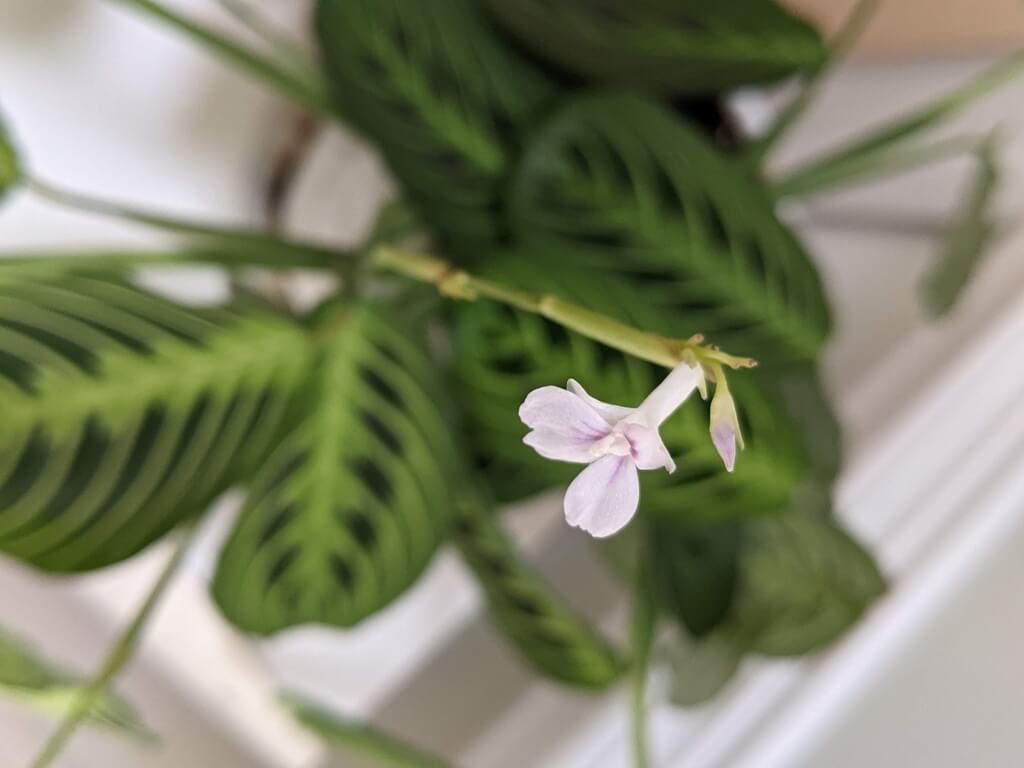
Pruning
- Pruning Maranta is minimal. Removing old or dead leaves is essential to create space for new shoots and prevent the spread of parasitic diseases.
Multiplication
Learn how to grow Maranta by taking stem cuttings and rooting them in water or soil.
Multiplication By Division Of The Plant
- In February-March, carefully remove the plant from the pot and delicately separate the fleshy roots, taking care to avoid damage. Use two pots and transplant the new plants into soil suitable for adult plants.
- Exercise caution during this process by using a stick instead of hands to avoid damaging the delicate roots. Afterward, position the pots in a warm, well-lit area, avoiding direct sunlight, and maintain slightly damp soil.
- Once new shoots emerge it indicates successful rooting, and you can begin treating the seedlings like adult plants.
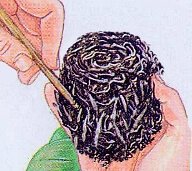
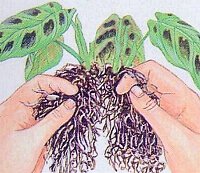
Multiplication By Cuttings
- Between May and August, take cuttings approximately 10 cm long from the stem apex, each with 2-3 leaves, cut just below the node. Use a clean and disinfected razor blade or sharp knife to avoid fabric fraying. Remove lower leaves, dip the cut end in rhizogenic powder for rooting, and plant three cuttings per small pot (not exceeding 8 cm) with a compost mix of one part peat and one part coarse sand.
- Create holes with a pencil, place cuttings, and gently compact the soil. Cover the pot with a transparent plastic sheet, placing it in the shade at around 24°C, ensuring the soil stays slightly damp. Remove the plastic daily to check soil humidity and eliminate condensation.
- Once the first shoot appears, indicating rooting, remove the plastic and move the pot to a brighter area at the same temperature, allowing cuttings to strengthen. Subsequently, when they are sufficiently large with new shoots, transplant them into the final pot or soil. It is crucial to avoid disturbing the cuttings until they produce new shoots.





Parasites And Diseases And How To Treat Them
Wilted Leaves Turning Brown
Wilted leaves are indicative of excessively low temperatures. To address this issue, relocate the plant to a warmer environment for effective treatment.
Faded Leaves Losing Color
Faded leaves are a common symptom of excessive light exposure. To address this issue, relocate the plant to a shaded area for proper treatment.
Leaves That Have a Rolled Leaf Margin And Brown Tips
In Maranta, this symptom suggests low air humidity and insufficient watering. Treat it by removing damaged parts, enhancing air humidity, and increasing irrigation.

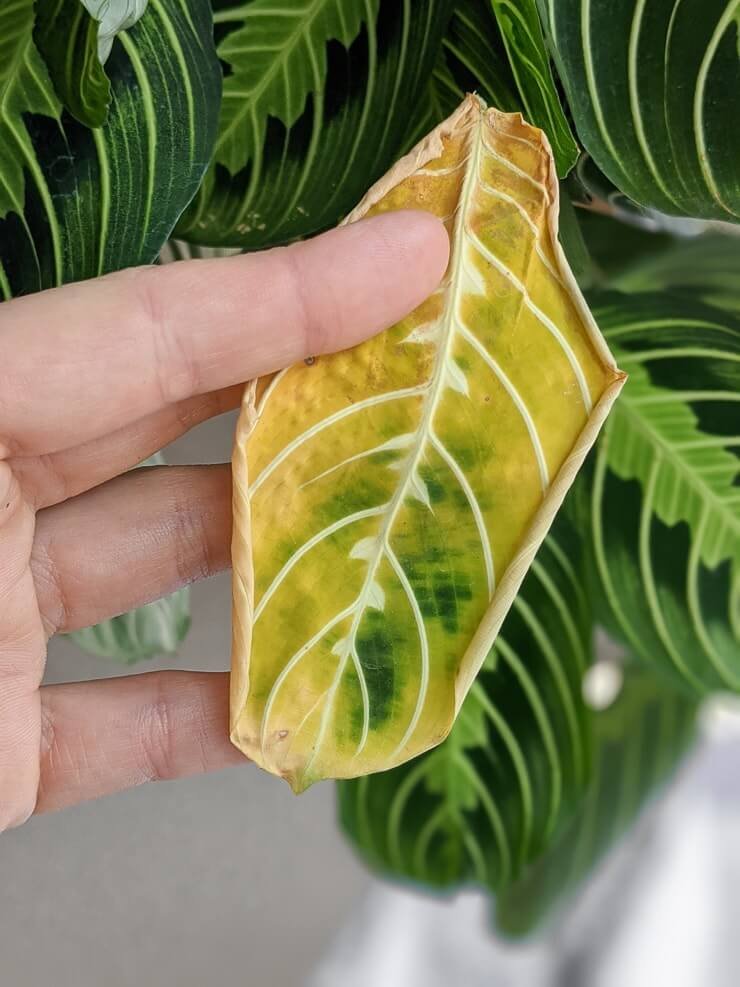
Spots On The Underside Of The Leaves
Spots on the underside of Maranta leaves may indicate the presence of cochineal or mealybugs. Use a magnifying glass to inspect and compare with reference images. Try removing them gently with a fingernail, or treat them by applying a cotton ball soaked in alcohol. For potted plants, wash with neutral soap and water, rub delicately with a sponge, and rinse thoroughly to remove soap. Outdoor plants may require specific pesticides for treatment.

Leaves Turning Yellow
If Maranta leaves turn yellow, curl up, develop a powdery appearance, and fall, along with the presence of thin cobwebs, it may indicate a red spider mite infestation. Increase foliage spraying frequency to treat it. For severe cases, use a specific insecticide. Alternatively, for small plants, try mechanically removing the parasite by cleaning leaves with a wet, soapy cotton ball, followed by a thorough rinse to eliminate all soap residue.

Lice
If you observe small, mobile insects with a white-yellowish-greenish color, it is likely an infestation of aphids, commonly known as lice. Fortunately, these pests can be easily treated with specific pesticides, which are typically available from reputable nurseries.

Safe and Non-Toxic Plants for a Pet-Friendly Home
The Maranta plant is non-toxic to humans, dogs, and cats, making it a safe choice for home decoration. Therefore, you can confidently adorn your home with this plant without any concerns about its potential harm to people or pets.
In conclusion, with the help of this article, you can elevate your indoor gardening skills by understanding how to grow Maranta, a plant that responds to your care with rhythmic leaf movements.
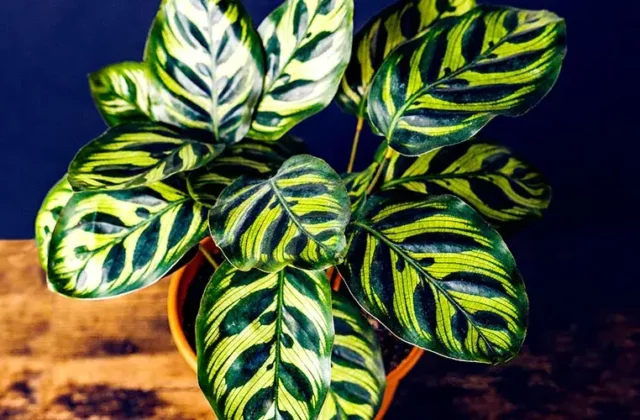
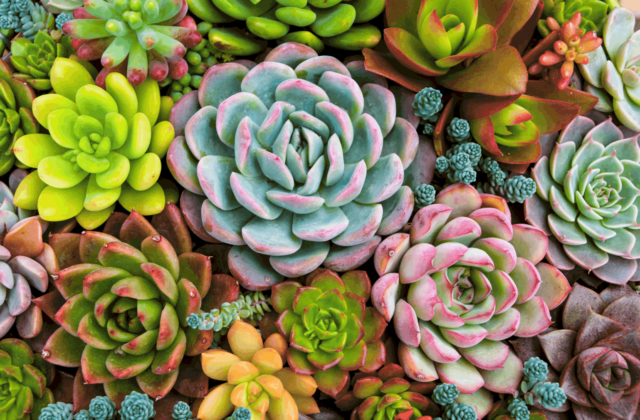
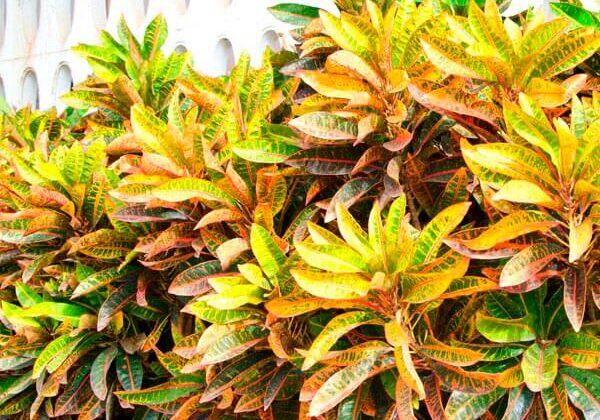
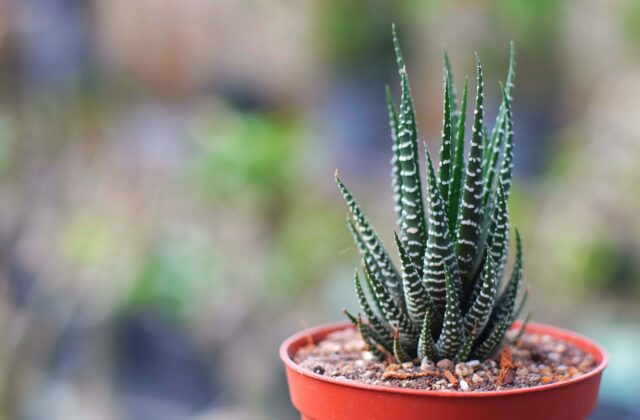
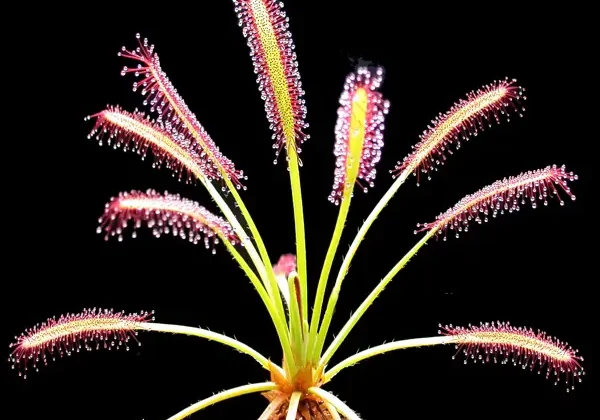
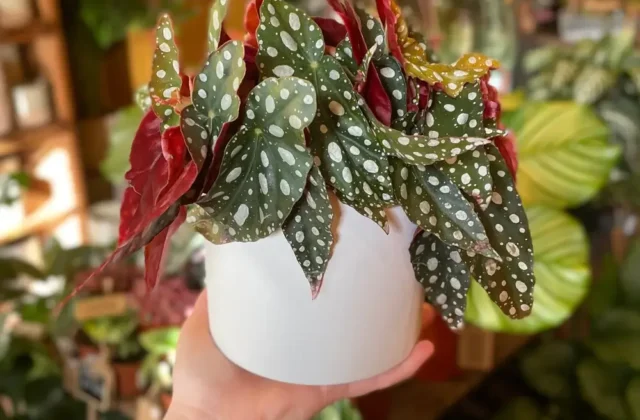
4 comments
Hmm is anyone else encountering problems with the images on this blog loading? I’m trying to find out if its a problem on my end or if it’s the blog. Any feed-back would be greatly appreciated.
I have not checked in here for a while as I thought it was getting boring, but the last several posts are great quality so I guess I’ll add you back to my everyday bloglist. You deserve it my friend 🙂
Nice post I discover some thing very complicated on distinct blogs everyday Most commonly it is stimulating to learn content using their company writers and rehearse a specific thing from their website I’d opt to use some with the content in my small weblog whether you don’t mind Natually I’ll give you a link on your own internet blog Thank you sharing
Your point of view caught my eye and was very interesting. Thanks. I have a question for you.